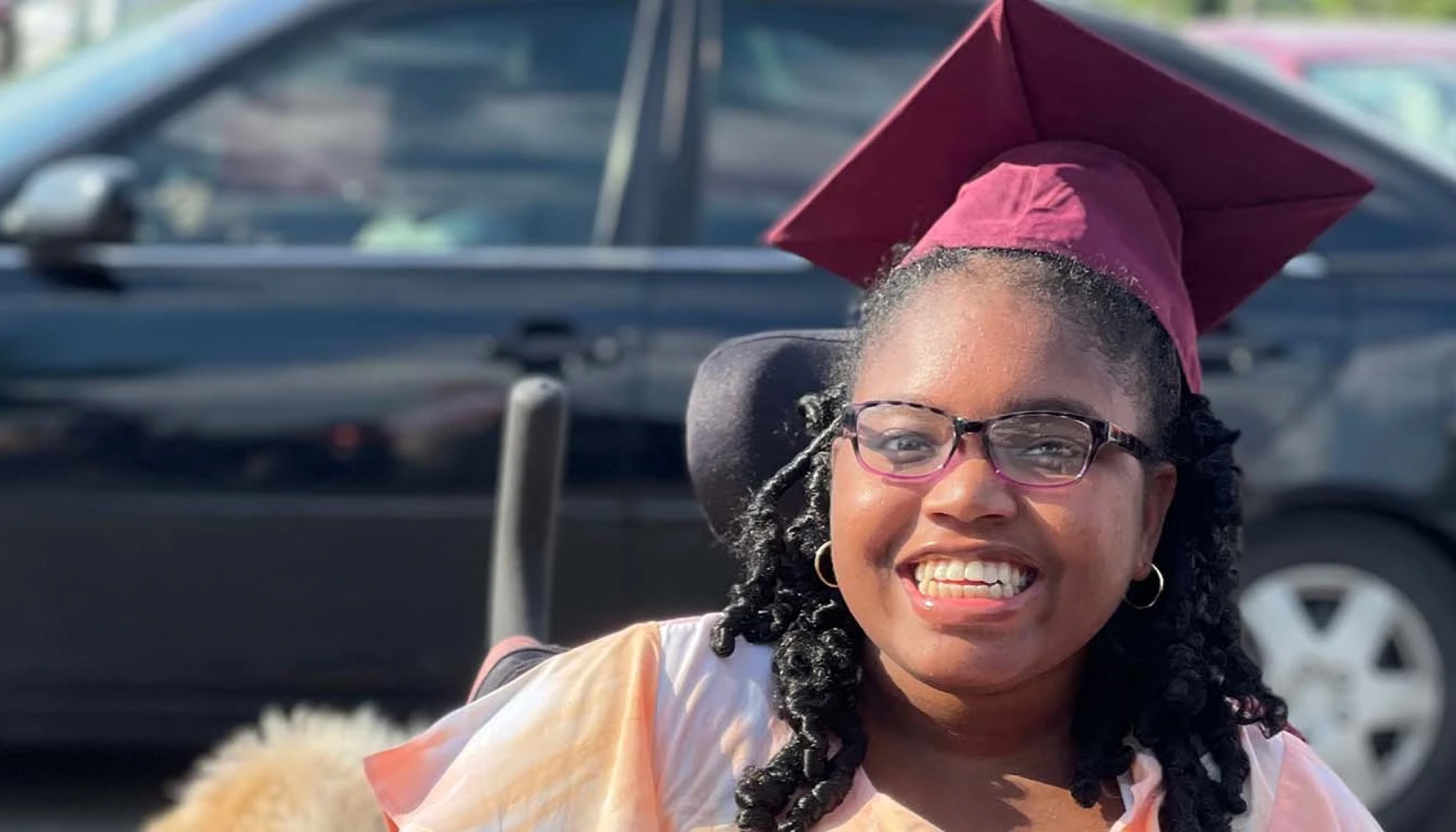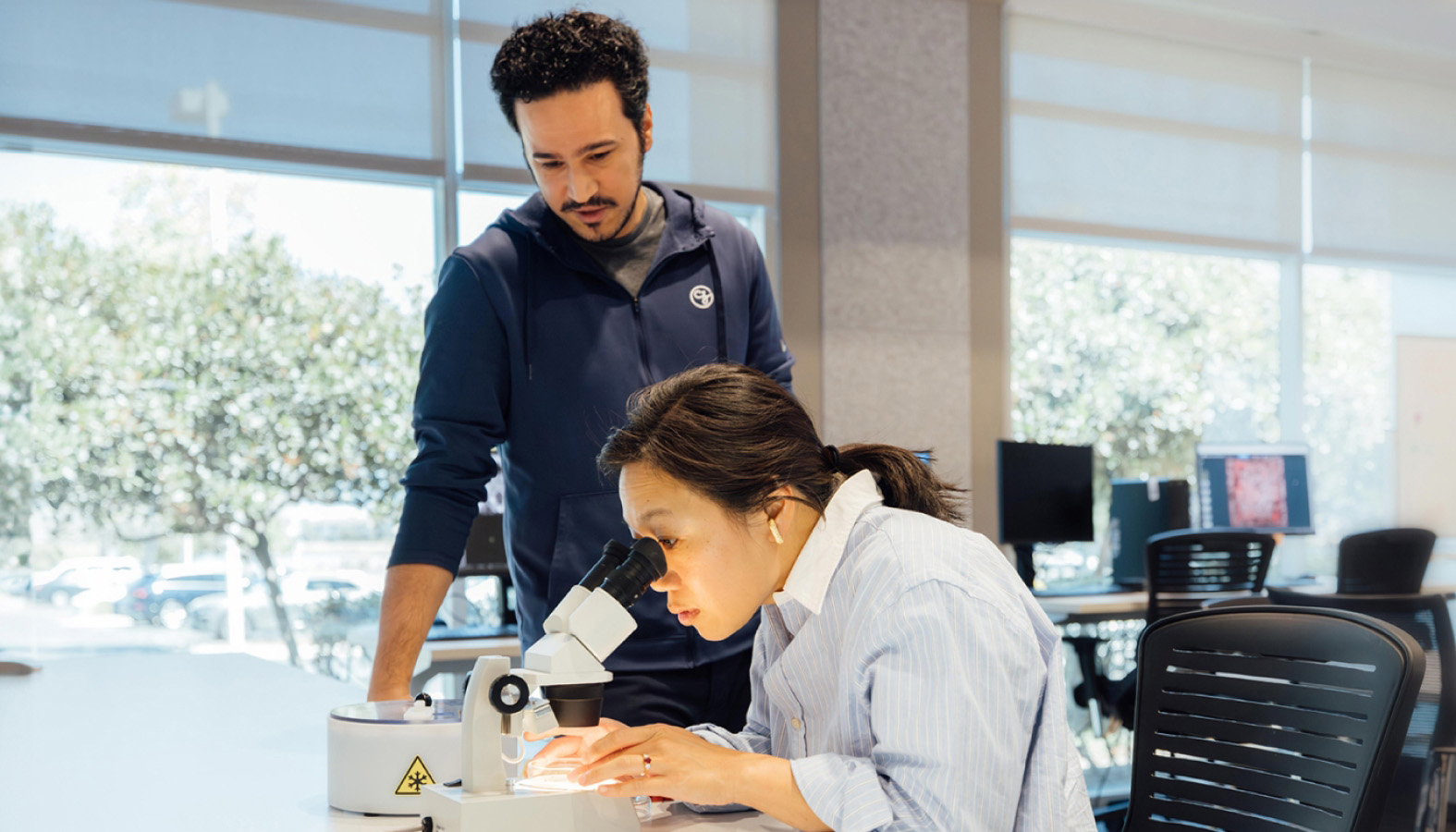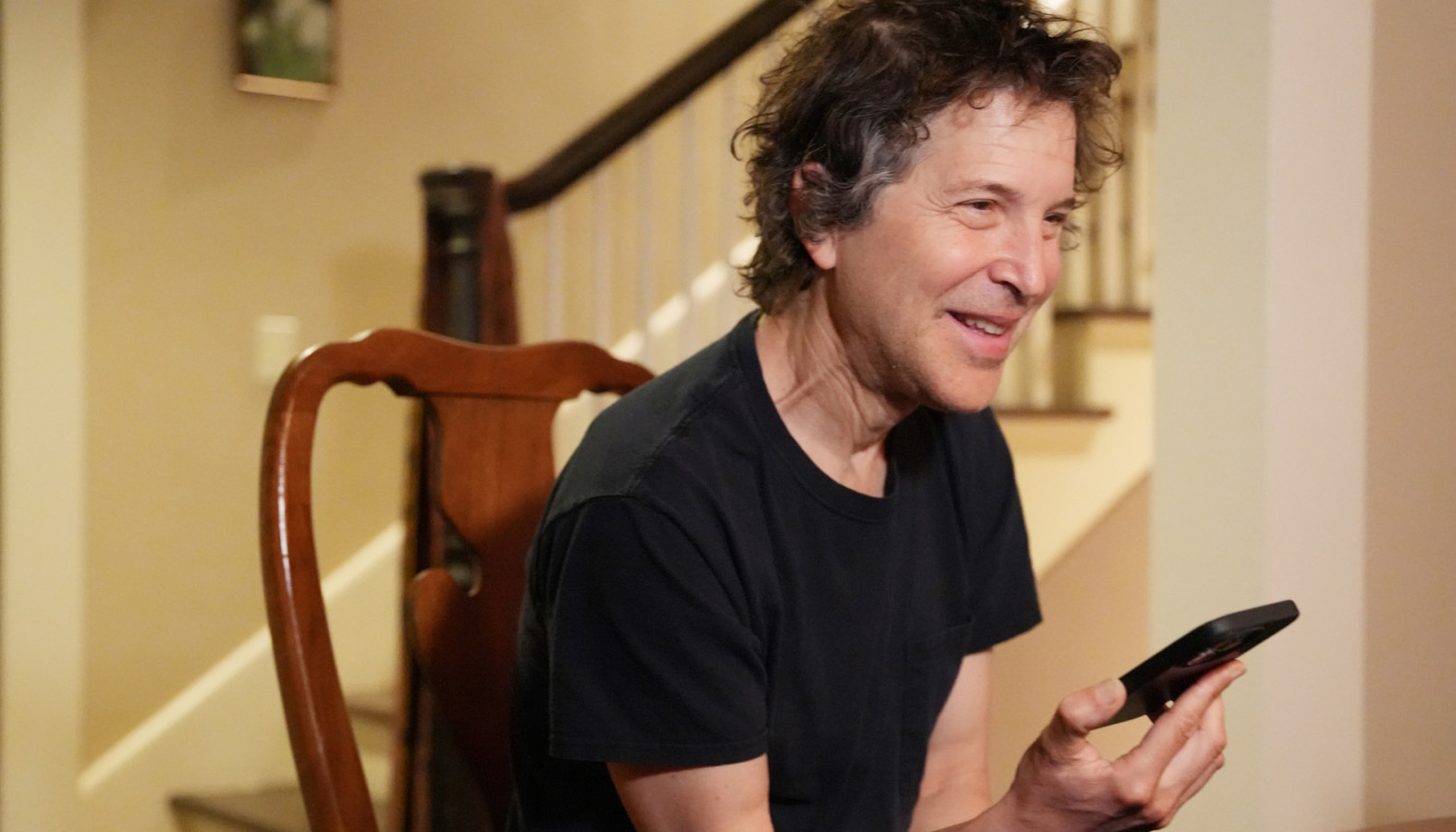Feb 22, 2023 · 6 min read
Lafora Disease: A ‘Particularly Cruel’ Form of Epilepsy
Learn how impacted families are partnering with biomedical researchers to find a cure for this rare disease.

Khari McCrary had her first seizure when she was 12 years old.
At first, she was diagnosed with epilepsy. But two years later, her seizures turned more severe and she started having multiple in a day.
After a week of testing in a hospital, she finally received the correct diagnosis: Lafora disease.
What is Lafora disease?
Lafora disease is an inherited, severe form of epilepsy associated with cognitive decline. There are usually no signs of it until early adolescence, after which it progresses aggressively until fatal, typically within 10 years of diagnosis.
“It starts with seizures, then school performance typically drops,” explains Dr. Berge Minassian, neurologist and leading Lafora disease researcher. “They develop headaches and horrific visions, and while we can initially succeed in managing the seizures, soon they become unresponsive.”
Over time, medications are less effective in preventing seizures.
“The seizures are constant, interrupting every thought,” adds Minassian. “The only time they stop is when they fall asleep, which is immensely frustrating.”
Before her diagnosis, McCrary was a straight-A student and active in sports. Then things changed.
“Our world has been turned upside down,” said McCrary’s mother, Moniqueca Barfield, in a 2021 blog. “Khari depends on someone to be with her at all times, which is very emotionally draining for a 15-year-old.”
Nearly 90% of Lafora disease cases are caused by mutations in one of two known genes — EMP2A and NHLRC1. These genes are essential to how our cells produce glycogen, a complex sugar structure and the primary source of energy storage for the cell. The genetic changes behind Lafora disease change the structure of glycogen, so it builds up to toxic levels in cells of the nervous system, causing inflammation and damage.
By learning about the causes of Lafora disease, researchers hope to understand how to treat it more effectively.
Building Community: Chelsea’s Hope
While at the time of her diagnosis, McCrary was the only known case in her home state of Alabama, she’s certainly not alone.
Lena Ismail is the executive director of Chelsea’s Hope, a non-profit organization on a mission to study, treat and, ultimately, cure Lafora disease. Ismail’s niece was diagnosed with the disease three years ago.
“The age of Lafora disease is particularly cruel,” she says. “The average patient is diagnosed at 14 years old. So they’re just getting their independence, having their personality and planning their future life. And then suddenly, within two years, they’re losing the basic ability to feed themselves and walk and talk.”
Her niece’s journey with Lafora disease inspired Ismail to take the helm at Chelsea’s Hope.
“Similar to many patients with this and other rare diseases,” she says, “the journey to my niece’s diagnosis was not a straight line.”
That’s where Ismail wants to make a difference through Chelsea’s Hope. And why McCrary joined the Chelsea’s Hope community. The nonprofit connects and assists families like McCrary’s with education and emotional support.
They also drive forward research that can later lead to breakthroughs. In 2014, Chelsea’s Hope began hosting an annual Lafora workshop to bring together researchers and families from around the world. This event was a catalyst for a National Institutes of Health grant that has helped advance research collaborations for Lafora disease.
Last year, Chelsea’s Hope received a CZI grant to advance Lafora disease research in partnership with a team of scientists at the University of Texas-Southwestern. Among those scientists was Dr. Berge Minassian.
Through this partnership, they aim to uncover the biology of the lesser-studied gene known to cause Lafora disease and clarify the path to treatment.
Called the CZI Patient-Partnered Collaborations for Rare Neurodegenerative Disease, the grant brings together patient-led rare disease organizations to advance our understanding of the fundamental biology underlying rare neurodegenerative and neurological disorders.
This patient-driven approach is at the center of CZI’s Rare As One Project, which is committed to uniting patient communities in their quest for cures. Chelsea’s Hope is one of 50 patient-led organizations — making up the Rare As One Network — developing and launching collaborative research networks in partnership with clinicians and scientists.
Centering patients in research leads to more impactful outcomes and improves the quality of the research overall.
“Patients are really motivated and powerful drivers of this research,” says Heidi Bjornson-Pennell, CZI Rare As One program manager. “They play a central role in bringing together patient and research communities, breaking down silos, and inspiring collaboration where you don’t normally see it.”
Together, rare disease networks demonstrate the power of patient-driven research. This approach builds new networks of multi-disciplinary collaborators, identifies priorities in research that are most impactful for patients, and develops central registries and biobanks for ongoing research, accelerating these networks toward developing treatments and cures.
Read more: How Patients With Rare Diseases Are Accelerating Groundbreaking Research for Their Communities
Hope For the Future
There is no cure for Lafora disease. But researchers are working towards gene replacement and gene-based therapies that could correct for the genetic changes patients with Lafora disease have. This approach could benefit patients with other conditions.
For example, Glut1 deficiency and adult polyglucosan body disease (APBD) are two different diseases that, like Lafora disease, result from changes to glycogen metabolism.
Chelsea’s Hope collaborates with fellow CZI Rare As One Network partners Glut1 Deficiency Foundation and APBD Research Foundation to share scientific findings and approaches to patient-focused research.
“We all just want to uplift each other and support one another,” says Lena Ismail.
While every rare disease is different, the collaborative and community-driven model applied to this research can be transformative at scale for biomedical research.
This is the strength of the Rare As One Network and what sets it apart. Despite the obstacles, this community meets the challenges of rare diseases head-on. That includes leaders like Ismail, who bring their dedication and passion to advancing rare disease research. And it includes parents and caregivers like Moniqueca Barfield, Khari McCrary’s mom.
Barfield continues to be McCrary’s biggest advocate and says, “I hope a cure can be found soon and that no child will have to go through what we’ve gone through.”
For resources on Lafora disease, visit ChelseasHope.org. Learn more about the Rare As One Network.





